Implementing the orientation of gradually shifting to commodity livestock farming, Sin Ho district focuses on developing herds of buffalo, cows, pigs and poultry on the scale of cooperatives, farms and small farms. Some cooperatives are actively planning concentrated livestock farming areas in advantageous communes such as: Nam Cuoi, Nam Tam, Lang Mo, Ta Ngao... Models of commercial cattle farming combined with grass planting and fattening have begun to bring profits. According to the district's Department of Agriculture and Environment, up to now, Sin Ho district has over 78,000 cattle, an increase of 4.6% over the same period last year. Of which, the herd of buffalo and cows reached over 28,400, the herd of goats was nearly 2,000, and the rest were other livestock.
During the livestock raising process, vaccination and disease surveillance were strengthened, combined with mobilizing people to re-plan barns and apply biosafety livestock raising processes. The District Agricultural Service Center has proactively deployed vaccination against septicemia, foot-and-mouth disease for cattle and buffaloes, African swine fever and avian influenza for livestock households on schedule, helping to effectively prevent diseases. Therefore, the local livestock herd has developed well, ensuring traction in agricultural production and being supplied to the market as food. Since the beginning of the year, the output of fresh meat in the area is estimated at 400 tons, of which fresh pork accounts for 220 tons.
Mr. Thao Ha Pao - Nam Khan village, Ta Ngao commune takes care of his goats.
Currently, Nam Cuoi, Nam Cha, Ta Phin communes... are gradually forming key areas for raising buffalo and cows. With a total herd of over 1,200 buffalo and cows, of which buffalo account for about 70%, many households have switched from free-range farming to semi-free-range farming combined with growing elephant grass as reserve food. Cuoi To and Phieng Phai villages are the two localities with the largest scale of raising buffalo and cows, with each household raising an average of 4-7 buffalo and cows.
Mr. Lo Van Nhin - Secretary of the Party Committee of Nam Cuoi commune shared: “The commune has identified buffalo and cow raising as the main economic development direction. In recent years, the government has directed the villages to re-plan grazing areas, encourage households to renovate mixed gardens to grow elephant grass, creating a proactive food source. At the same time, coordinate with district veterinary officers to organize periodic vaccinations, instruct people on fattening techniques... Thanks to that, the number of buffalo and cow herds has increased, and the output is also more favorable than before. We are building a model of small-scale livestock cooperatives in the villages, moving towards regional linkages and product consumption with businesses so that people can feel secure in developing their livestock.”
Not only focusing on increasing the size of livestock herds, the district government has also promoted technical guidance on livestock farming for people. Since the beginning of the year, the Department of Agriculture and Environment has coordinated with localities to open 3 technical training courses, disease prevention, guidance on livestock waste treatment, breed improvement and seasonal livestock care, attracting over 300 households to participate. Along with that, support for breeding animals, animal feed, and veterinary medicine has been integrated through national target programs and sustainable livelihood projects. In localities, livestock farming has become a companion livelihood in building new rural areas, people have proactively invested in barns, learned techniques, responded to epidemics and built methodical livestock farming models. Some households in highland villages such as Ta Phin, Phang So Lin, Ta Ngao... have invested in closed barn systems, automatic feeders and applied fattening techniques to improve productivity. Along with that, the commune authorities are gradually re-planning livestock farming areas according to each village, avoiding spontaneous development, putting pressure on the environment and preventing epidemics.
People of Phang So Lin commune, Sin Ho district develop a model of raising horses for semi-grazing.
Mr. Vu Van Cuong - Vice Chairman of Sin Ho District People's Committee shared: "The district is focusing on directing localities to build a production and consumption linkage chain, ensuring stable output. On that basis, we aim to increase the livestock herd by about 5%/year, form at least 10 medium-sized farm models in communes, and plan 2 centralized slaughterhouses that meet veterinary hygiene standards. In addition, linking production with inter-regional tourism and farm visits is also considered a new direction, contributing to diversifying livelihoods and promoting Sin Ho's typical agricultural products."
With the cooperation of the government and people, along with a clear strategy, based on science and practice, livestock farming will continue to be a field that creates economic value, contributing significantly to the development process of this highland region.
Source: https://baolaichau.vn/kinh-te/phat-trien-chan-nuoi-theo-huong-thuong-pham-561133


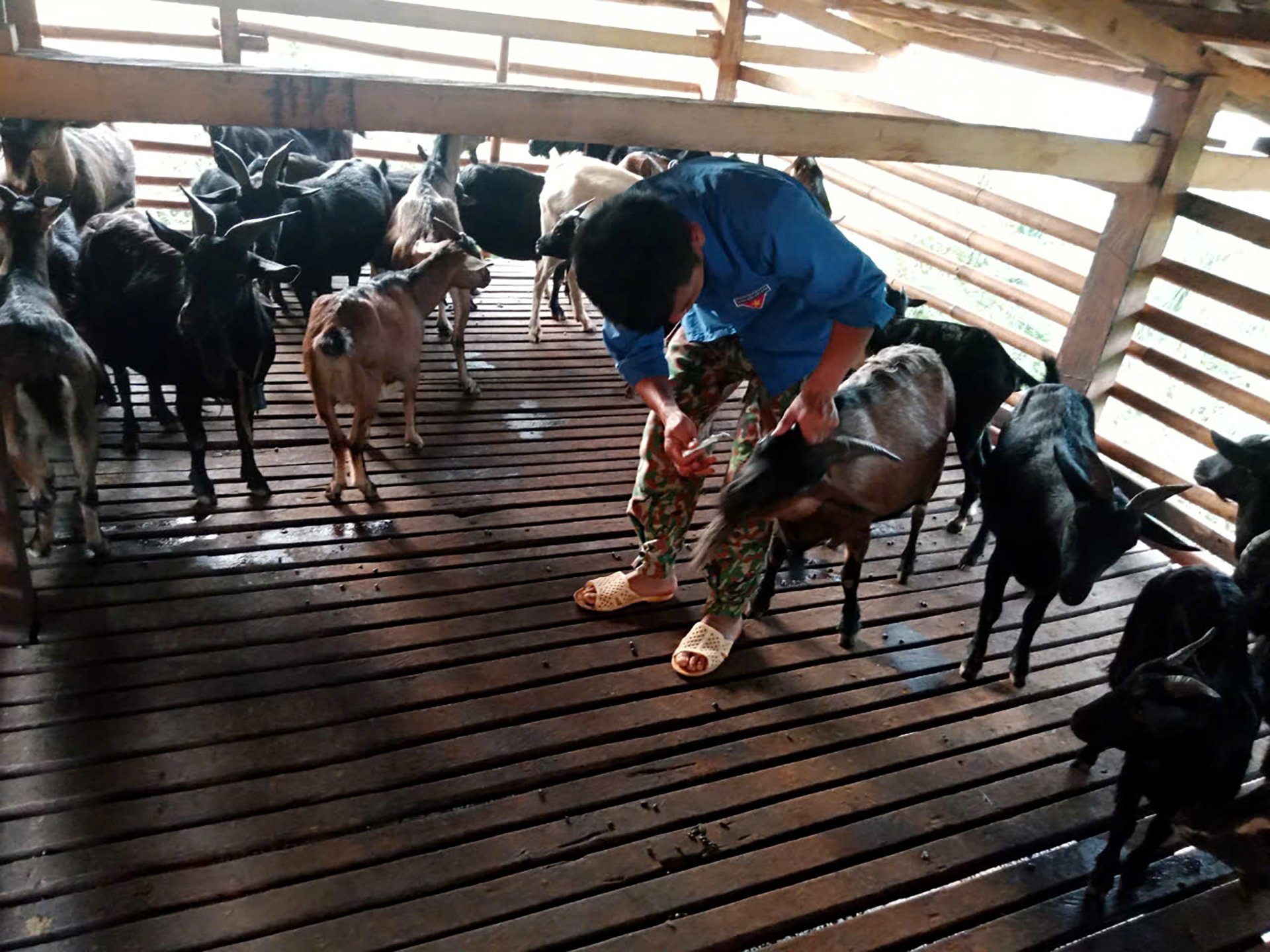
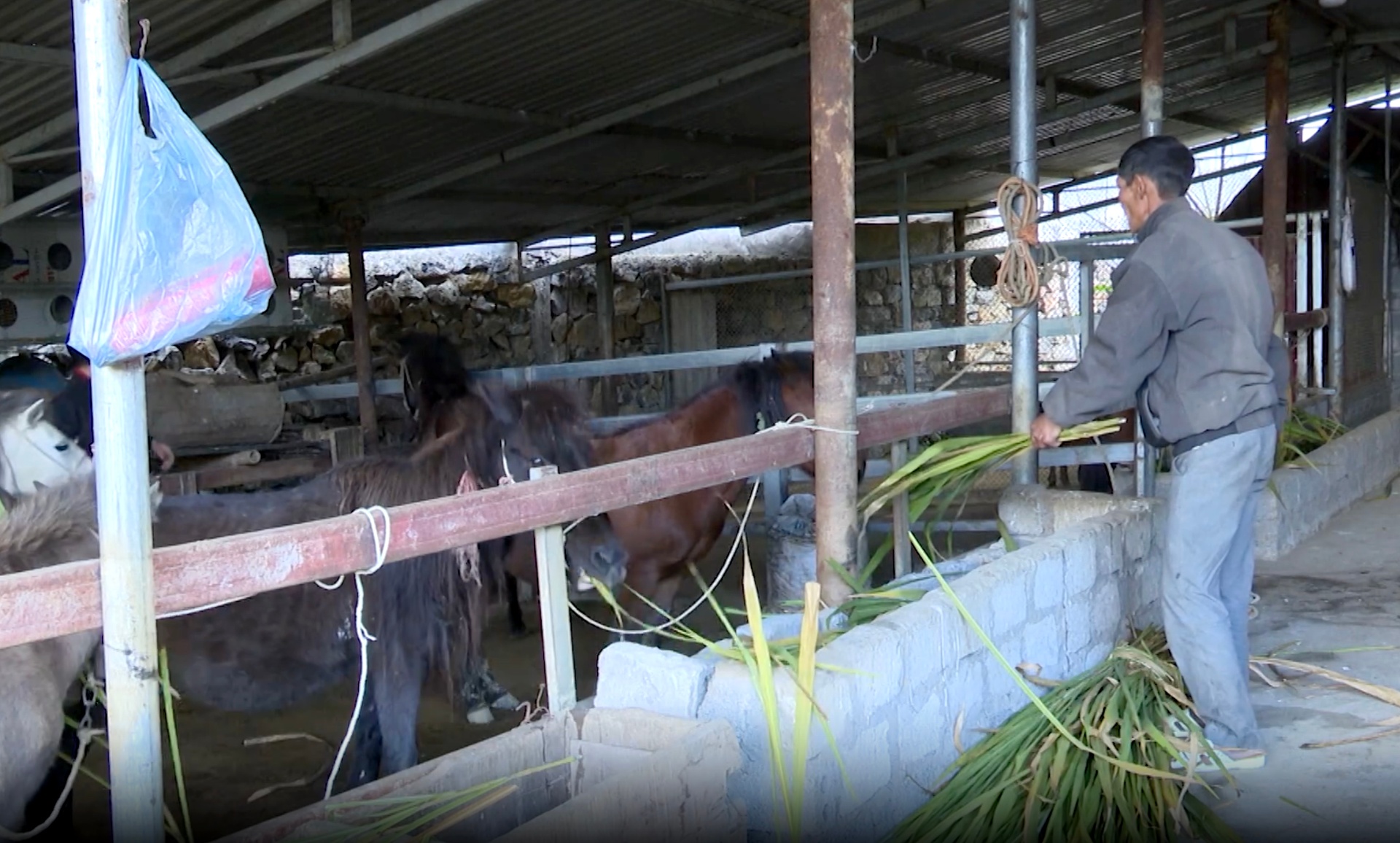




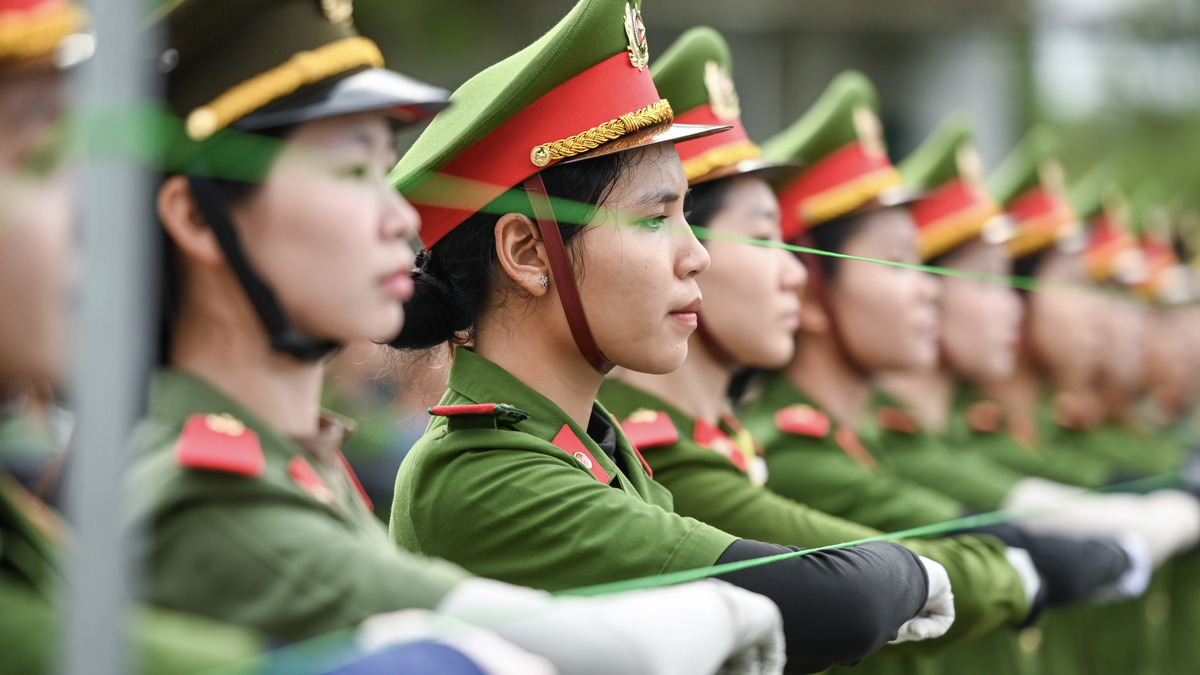

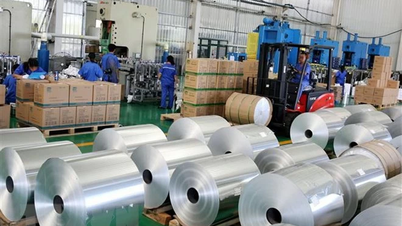

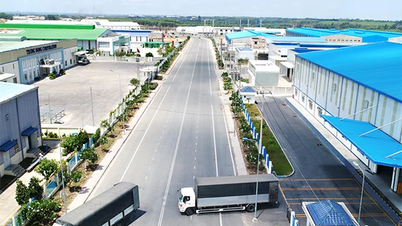
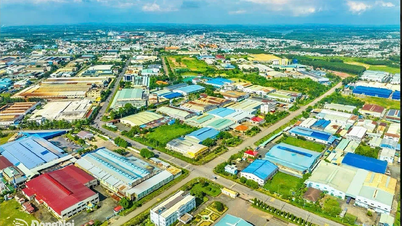
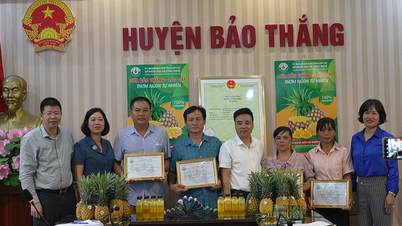









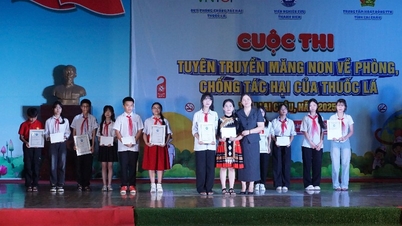

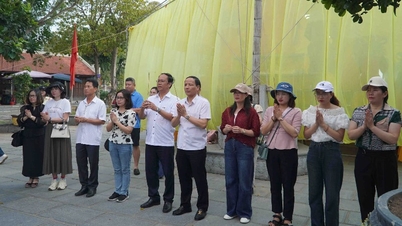
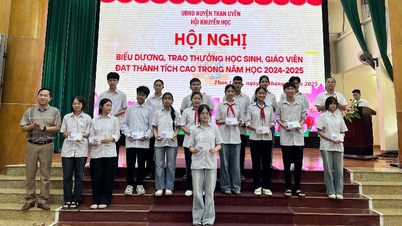
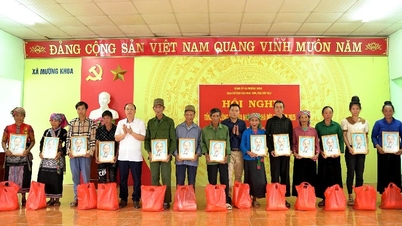
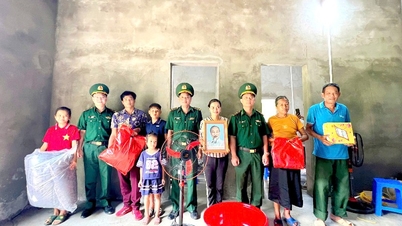

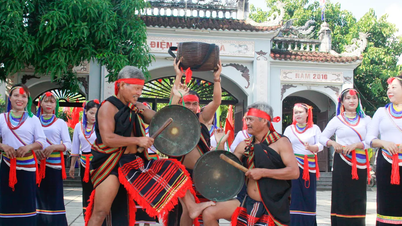

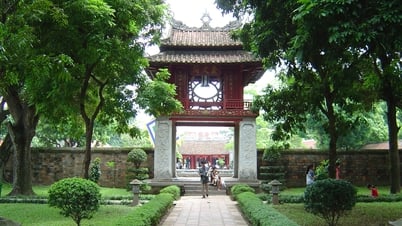

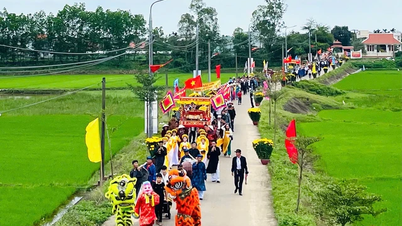





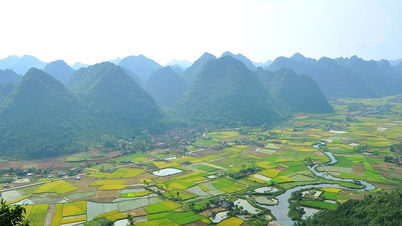













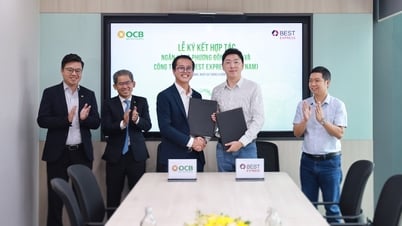





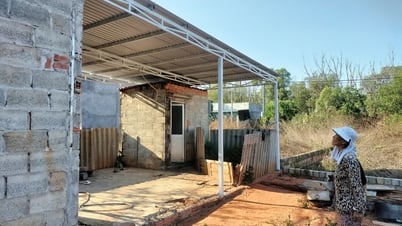



















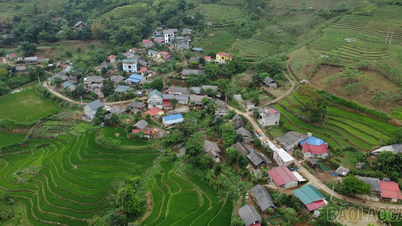




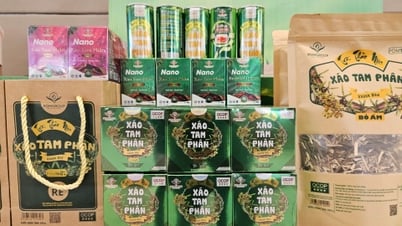



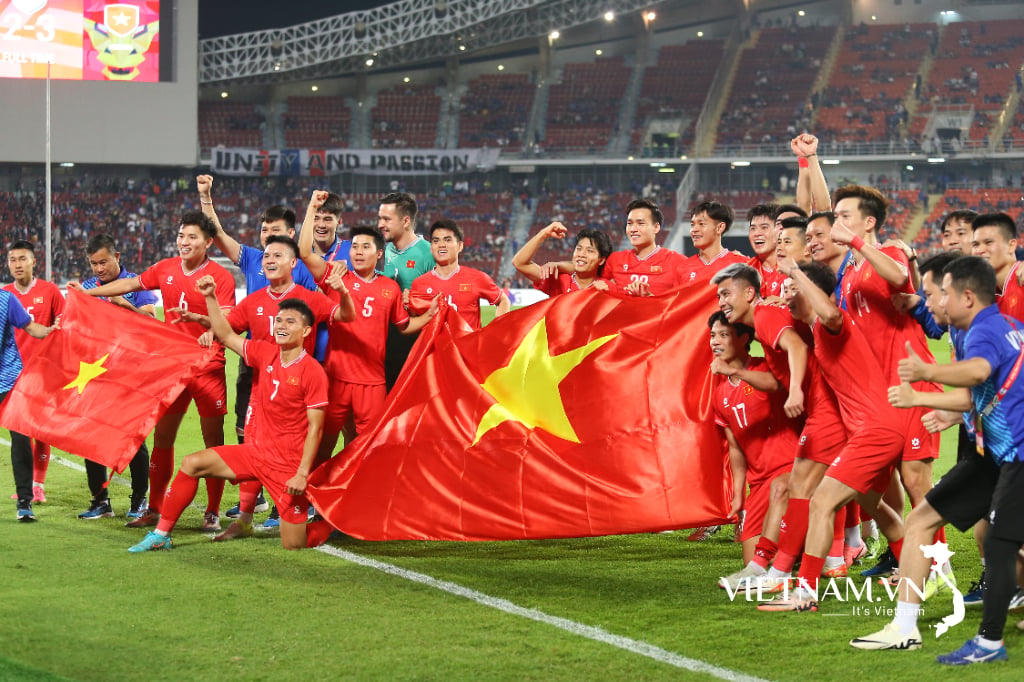

Comment (0)